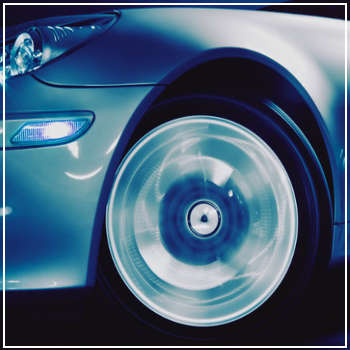 Winter months can bring unexpected challenges for car owners, especially when it comes to the condition of their vehicle's exterior paint. Have you ever noticed small rust spots appearing on your car, or perhaps your once-pristine paint job starting to look lackluster? How long should you expect your car’s paint to last?
Winter months can bring unexpected challenges for car owners, especially when it comes to the condition of their vehicle's exterior paint. Have you ever noticed small rust spots appearing on your car, or perhaps your once-pristine paint job starting to look lackluster? How long should you expect your car’s paint to last?
There isn’t a straightforward answer to this question. Some people may encounter issues like rust or fading within just a few years of purchasing a brand-new car. Often, these problems could trace back to manufacturing defects, such as improper paint application at the factory.
Back in the early 2000s, a Canadian court case brought attention to this issue. Manufacturers claimed that under ideal conditions, a car’s paint job should last around five to six years. However, the court argued that a factory-applied paint job should ideally last between 10 to 15 years. Ultimately, several factors contribute to how long your car’s paint will last, including the quality of the factory application, UV exposure, storage conditions, and how frequently your car is left outdoors.
Clear Coat Peeling
In the late '90s and early 2000s, it was common to see cars with peeling clear coats exposing the paint beneath. While this problem is less frequent today, it typically stems from a subpar paint job. Poor compatibility between paint and primer, or using low-quality materials, can cause the clear coat to bubble and peel. External contaminants, like dirt or chemicals, or insufficient drying time can also lead to this issue.
Rust Formation
Rust primarily occurs due to exposure to the elements or a flawed paint job that exposes the underlying metal. Parking your car near salty ocean air or driving on roads treated with road salt without cleaning afterward can accelerate rusting. Similarly, scratches exposing bare metal create pathways for rust to develop. A poor paint job can fail to protect your car adequately, causing rust to appear sooner than anticipated. Neglecting essential steps like applying body cavity wax or seam sealers can also lead to rust formation, as these materials help prevent moisture and salt from infiltrating the vehicle.
Fading and Surface Damage
The longer a car stays outdoors, the more vulnerable it becomes to UV rays, weather elements, and pollutants. If left uncovered, these forces can degrade the paint over time. UV light is particularly damaging, as it breaks down molecular bonds in the paint and causes heat buildup, leading to fading and potential cracking of plastic parts. To mitigate fading, consider covering your car with a tarp or using a portable shelter and regularly applying wax to protect the surface.
Washing Too Frequently
Many believe that frequent washing keeps a car looking pristine, but excessive washing can actually harm your vehicle. Washing a newly painted car too soon—within the first month—can strip away the fresh paint’s protective layer. It’s crucial to allow the paint to cure properly before washing. As a general guideline, wait at least a month before washing a freshly painted car. For subsequent washes, use cold water and a soft microfiber cloth, ensuring no scratches or residue remain. After washing, dry the car thoroughly with another microfiber towel.
Waxing should wait until at least 60 days post-painting. Begin with high-quality carnauba wax to ensure the best protection. For professional-grade painting services, trust DaSilva’s Auto Body, equipped with cutting-edge spray booths. Contact us today to learn more or schedule an appointment.
Remember, maintaining your car’s exterior requires a balance between regular care and avoiding unnecessary damage. Properly addressing these concerns ensures your car retains its shine and value for years to come.
Veterinary Nutrition Supplement Premix
Animal Nutrition Supplement Feed Premix,Veterinary Nutrition Fortified Premixes,Veterinary Vitamin Mineral Premixes,Veterinary Breeding Nutrient Drug Premixes
Henan ShowVet Industrial Co., Ltd. , https://www.cxbt-showvet.com